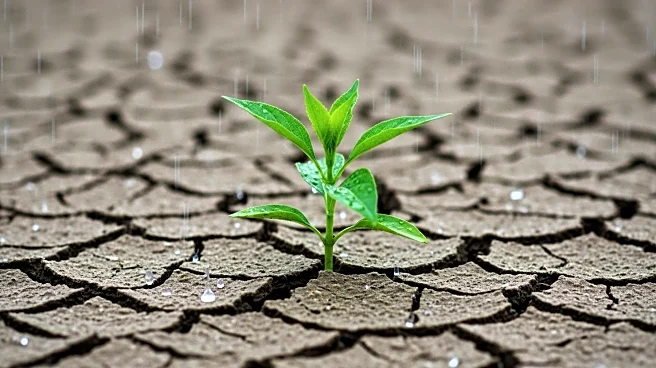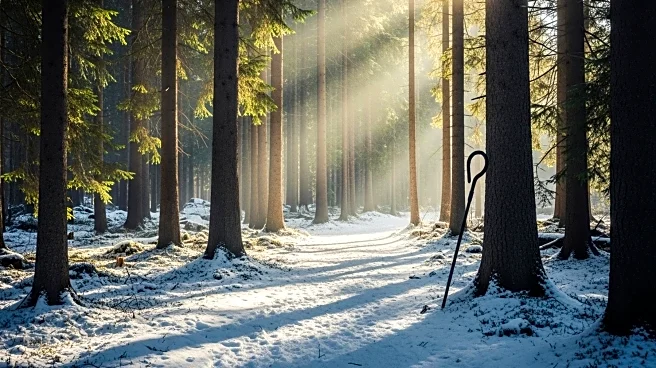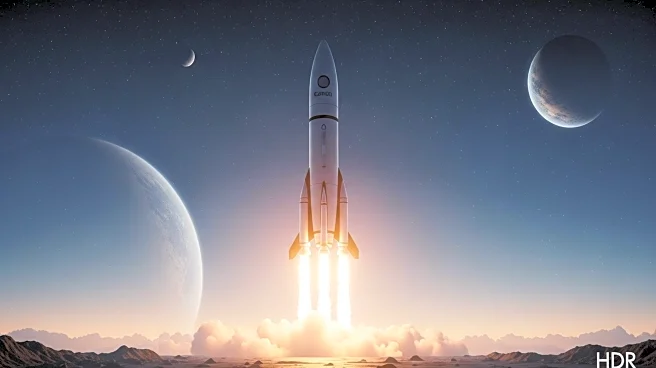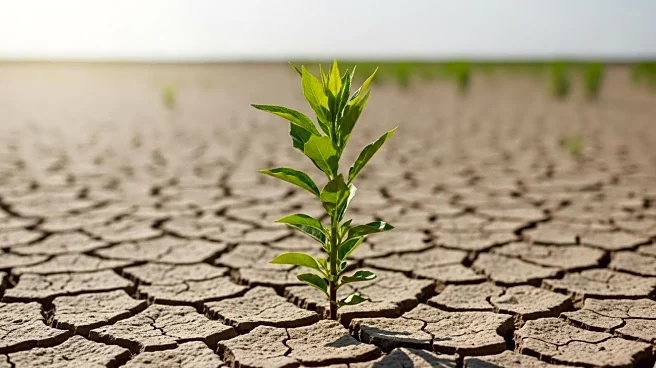What's Happening?
Scientists have been investigating the longevity of DNA preservation, with advancements allowing the sequencing of DNA from increasingly older specimens. The current record is held by a 2.4 million-year-old Greenland ecosystem. DNA preservation is influenced by environmental factors, and under ideal conditions, DNA could survive for about 6.8 million years. However, DNA from the dinosaur age cannot be preserved in amber, as popularized by 'Jurassic Park'. The oldest DNA from human relatives comes from a 400,000-year-old specimen in Spain, highlighting the challenges in studying ancient human ancestors.
Why It's Important?
Understanding the limits of DNA preservation is crucial for paleogenomics and the study of extinct species. This research impacts our ability to reconstruct evolutionary histories and understand the genetic makeup of ancient organisms. The findings also highlight the challenges in obtaining DNA from early human ancestors, particularly in regions with poor preservation conditions like Africa. Advances in paleoproteomics may offer alternative methods for studying ancient proteins, providing insights into human evolution.
What's Next?
Researchers continue to explore potential sites with ideal conditions for DNA preservation, such as Antarctic ice sheets, which may yield older DNA samples. The field of paleoproteomics is expected to grow, offering new opportunities to study ancient proteins and gain genetic information from human relatives that lived millions of years ago.











